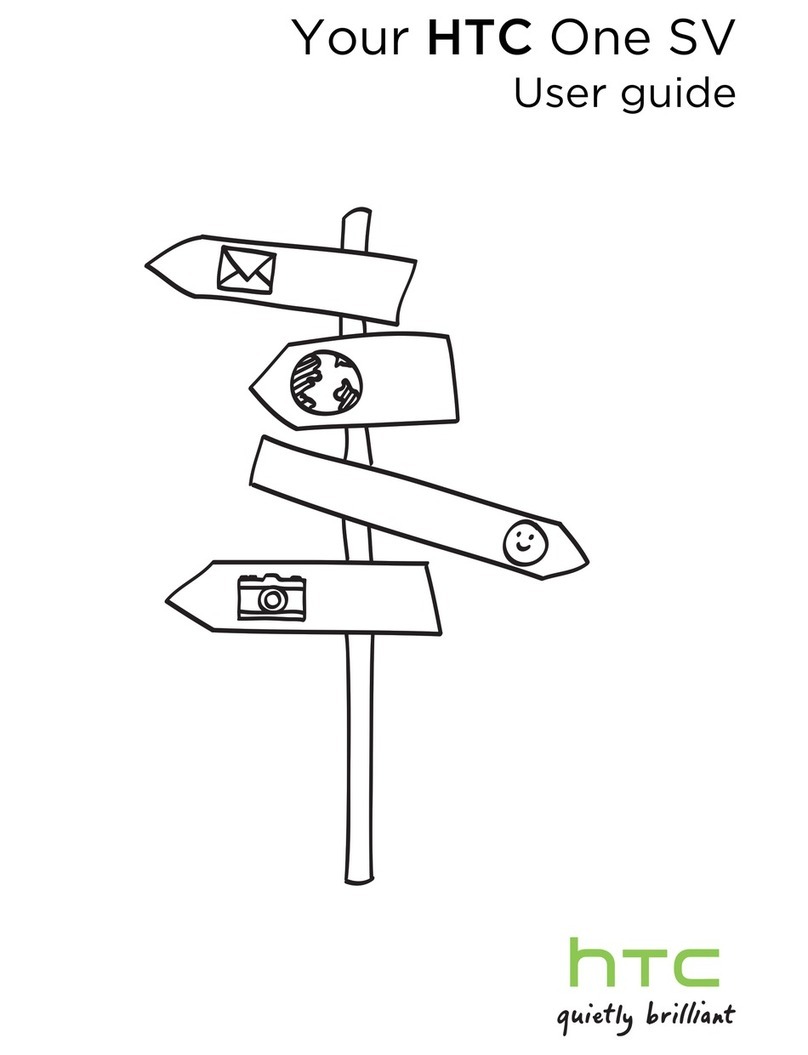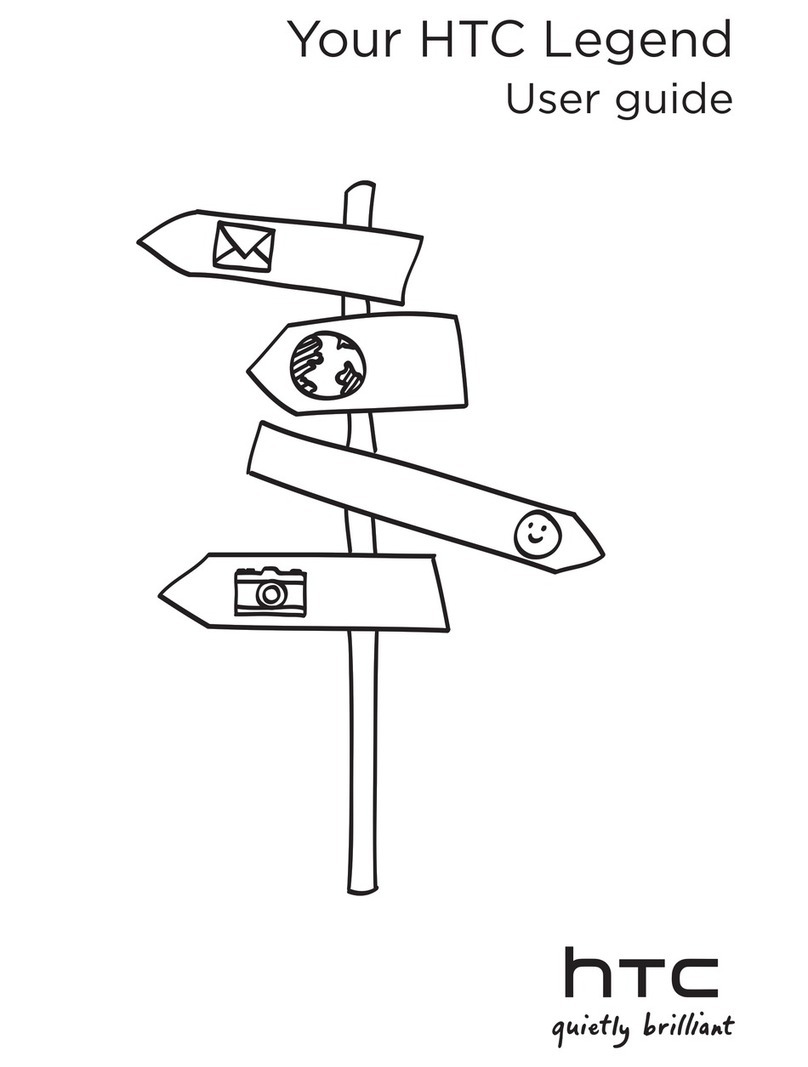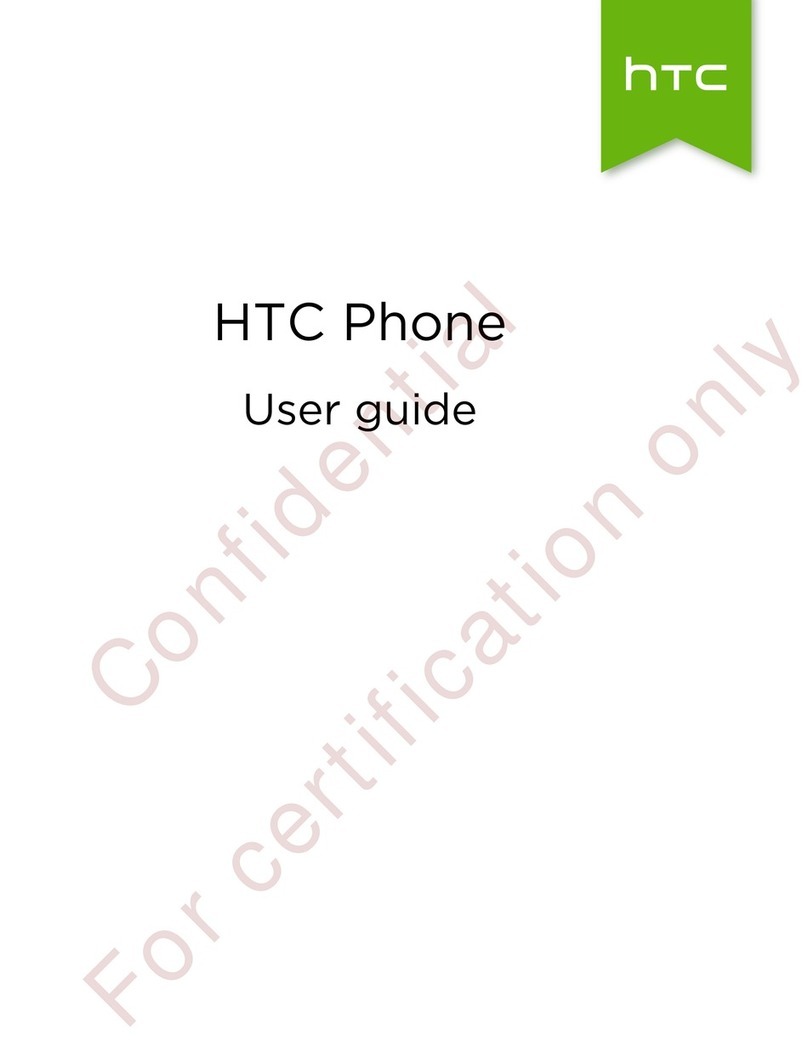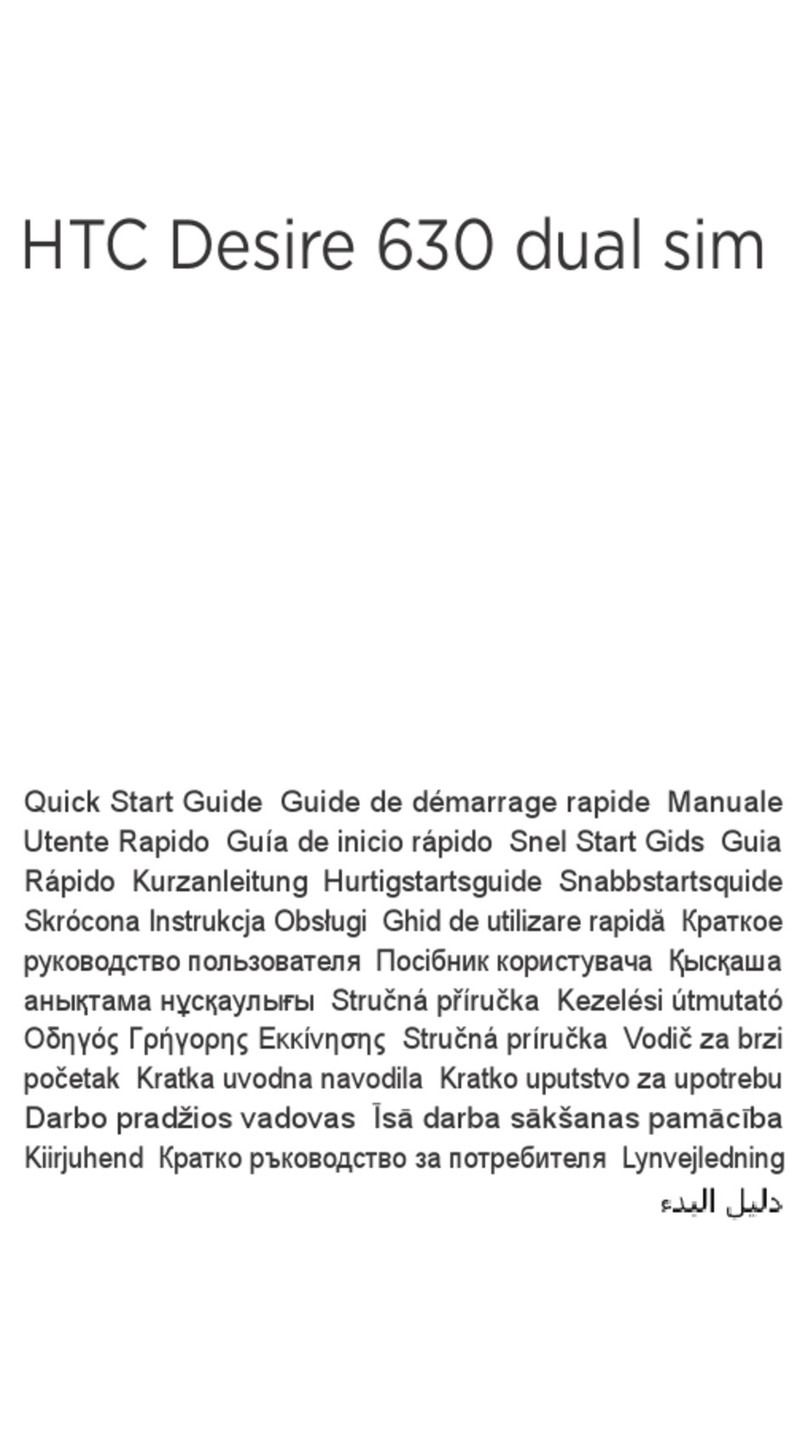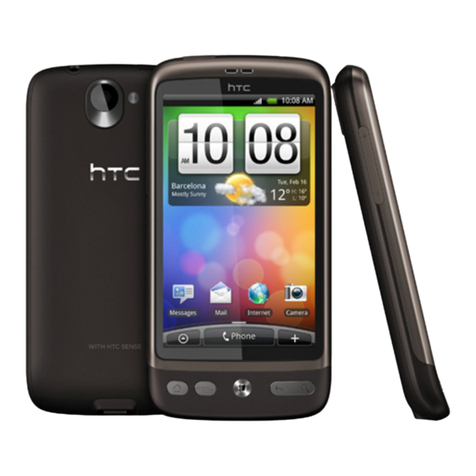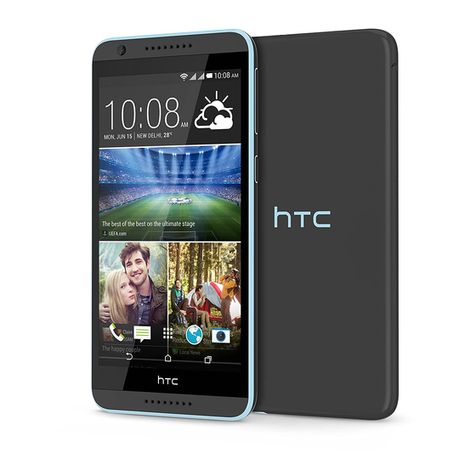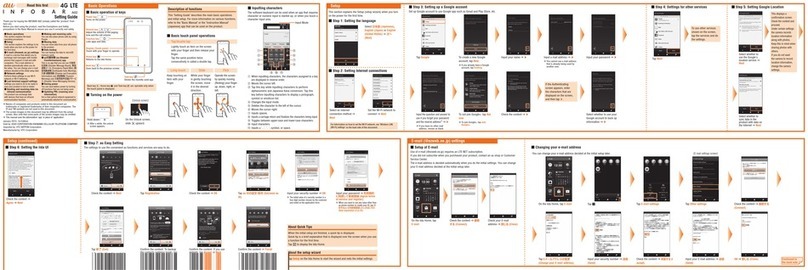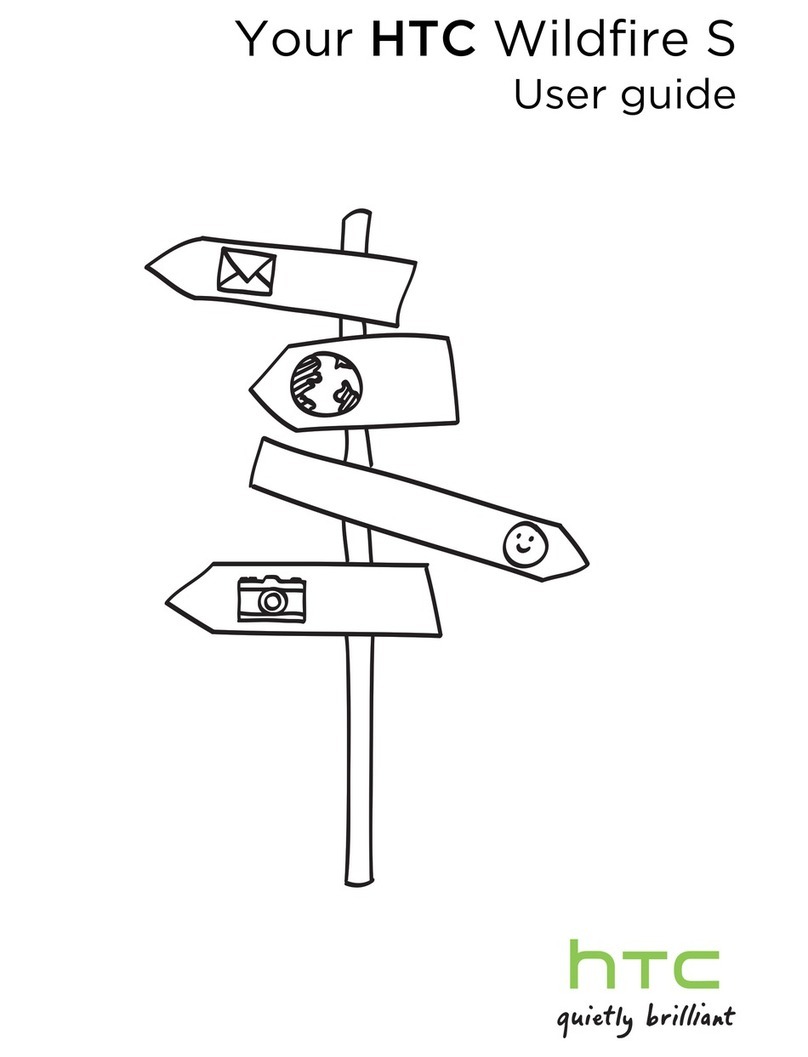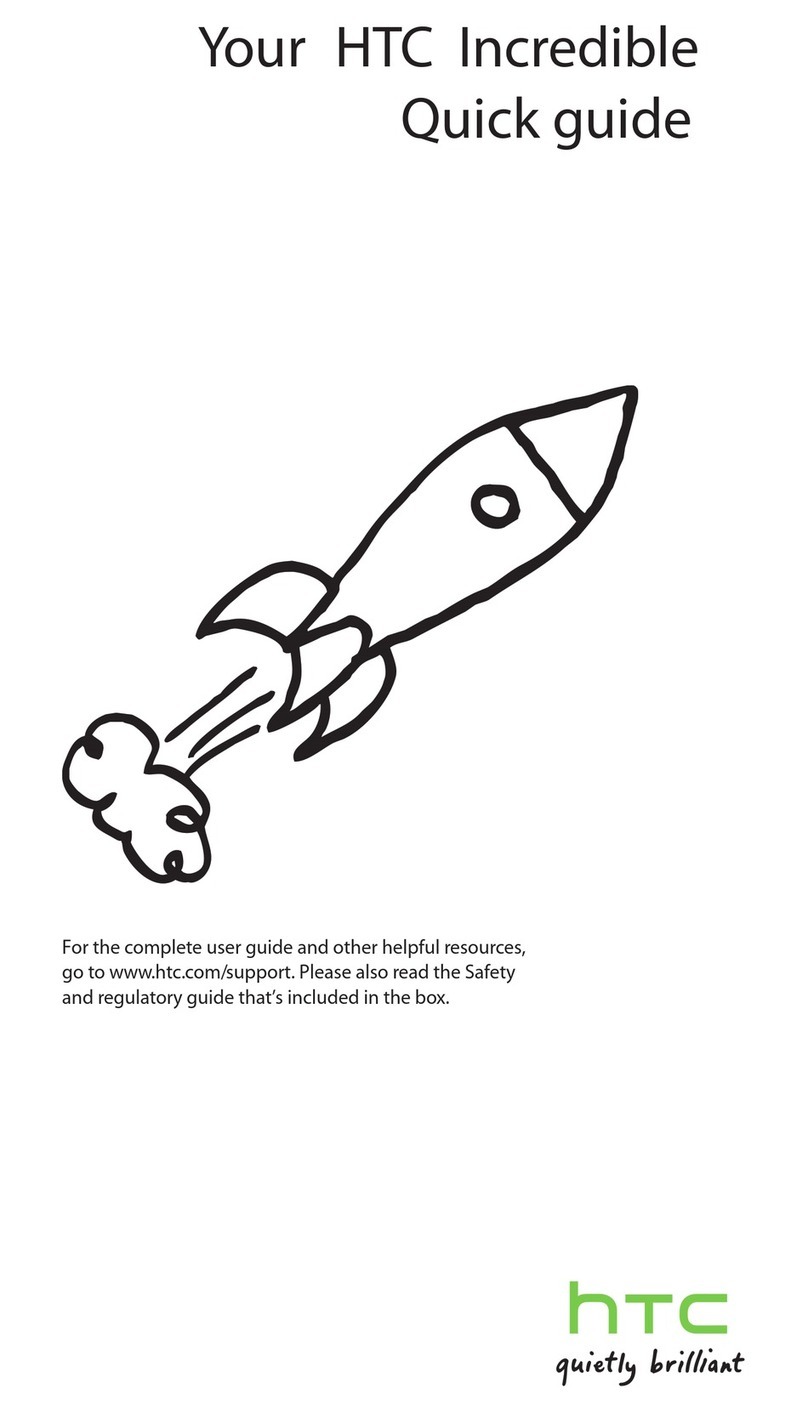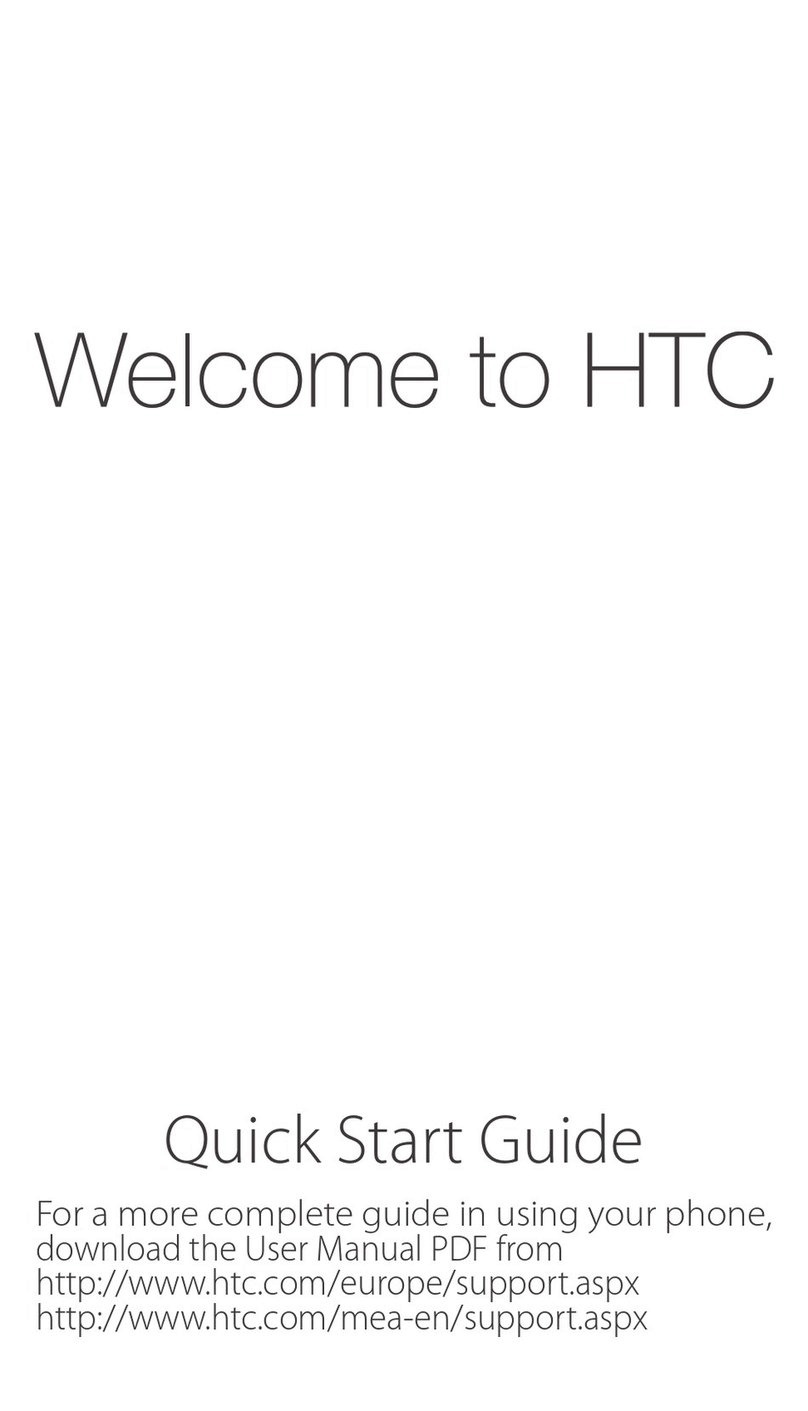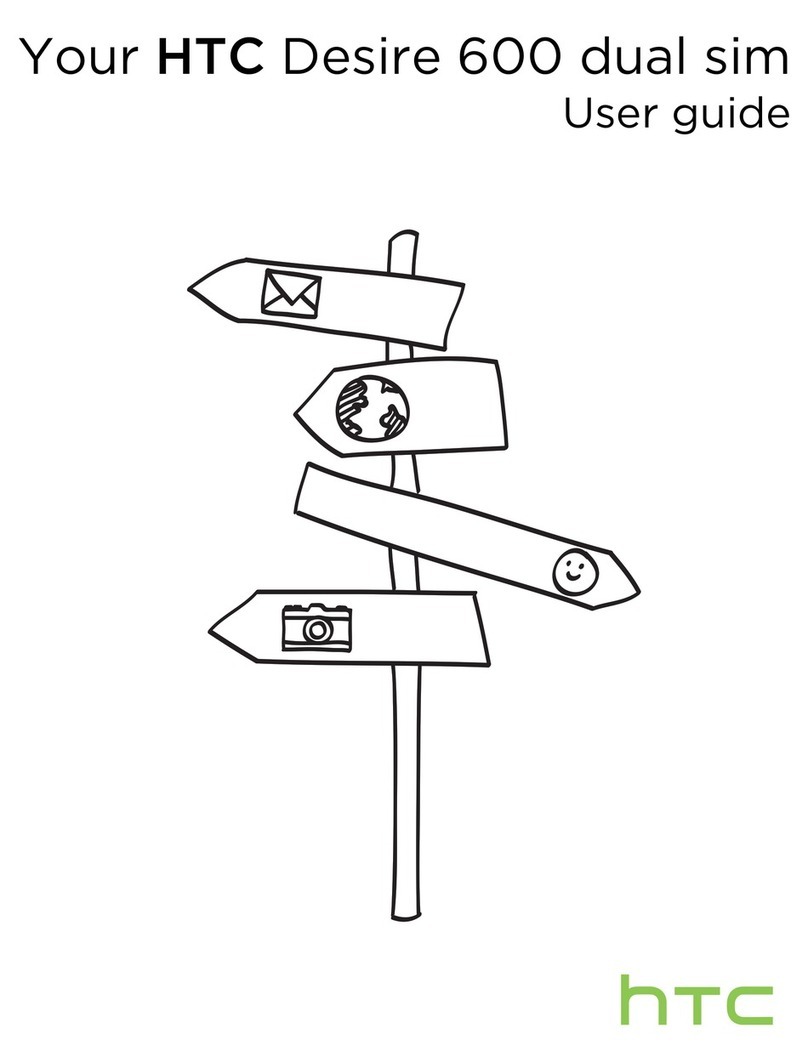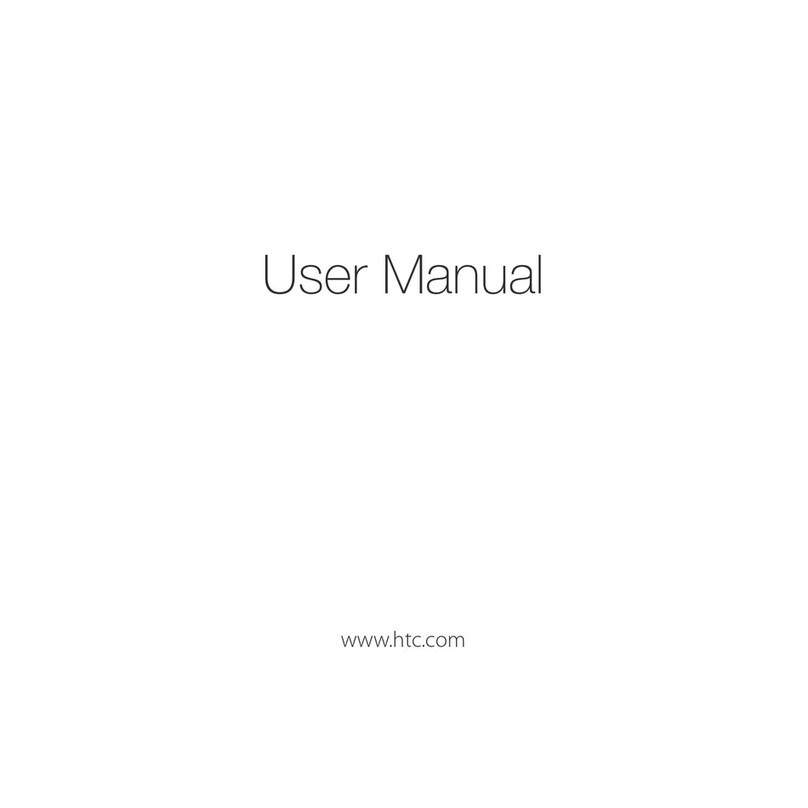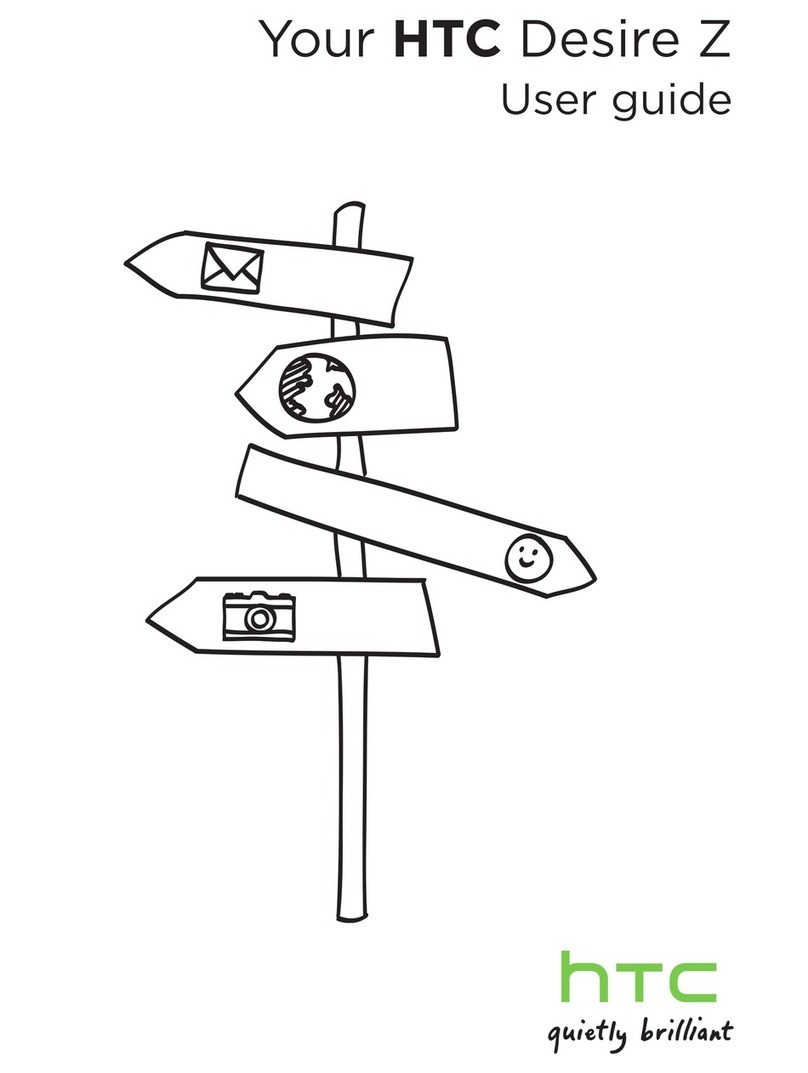Safety and regulatory guide 5
Prevention of hearing loss
CAUTION: Permanent hearing loss may
occur if earphones or headphones are
used at high volume for prolonged
periods of time.
Using Your Phone While Flying
Use of cell phones may be restricted on aircraft.
Please check with your airline to see what
restrictions may apply. You may be required to
turn o your phone at certain times. Use of your
phone’s cellular connection and use of your phone
for voice communications may be prohibited
by law or airline policy. For your safety and the
safety of other passengers, always follow crew
instructions regarding the use of your phone.
Environment restrictions
Do not use this product in gas stations, fuel
depots, chemical plants or where blasting
operations are in progress, or in potentially
explosive atmospheres such as fuelling areas,
fuel storehouses, below deck on boats, chemical
plants, fuel or chemical transfer or storage
facilities, and areas where the air contains
chemicals or particles, such as grain, dust, or metal
powders. Please be aware that sparks in such
areas could cause an explosion or fire resulting
in bodily injury or even death. When in any area
with a potentially explosive atmosphere or where
flammable materials exist, the product should
be turned o and the user should obey all signs
and instructions. Users are advised not to use
the equipment at refueling points such as service
or gas stations, and are reminded of the need to
observe restrictions on the use of radio equipment
in fuel depots, chemical plants, or where blasting
operations are in progress.
This device have been tested to comply with the
Sound Pressure Level requirement laid down in the
applicable EN 50332-l and/or EN 50332-2 standards.

